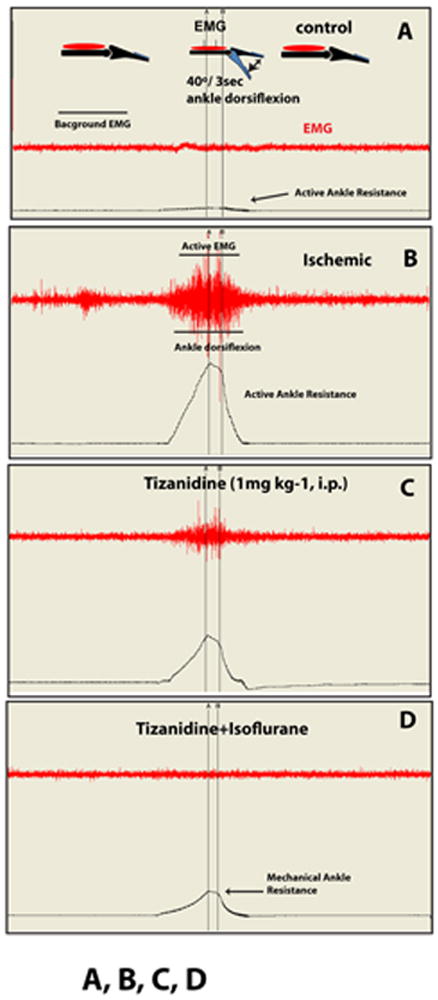Fig. 1. Methodology for qualitative and quantitative assessment of changes in stretch reflex activity in rats with spinal ischemia-induced spastic paraplegia.

A, B: At 4-10 days after induction of spinal ischemic injury, a progressive increase in stretch reflex activity is seen as evidenced by the appearance of burst EMG activity (Active EMG) and corresponding increase in ankle resistance (Active Ankle Resistance) measured during computer-controlled ankle dorsiflexion (40°/3 sec).
C: Systemic injection of tizanidine (1 mg kg-1) leads to a potent suppression of active EMG and active ankle resistance measured during ankle dorsiflexion.
D: To identify the mechanical component in measured ankle resistance (Mechanical Ankle Resistance) during ankle dorsiflexion, animals are anesthetized with isoflurane at the end of the experiment and the magnitude of active ankle resistance suppression measured.
